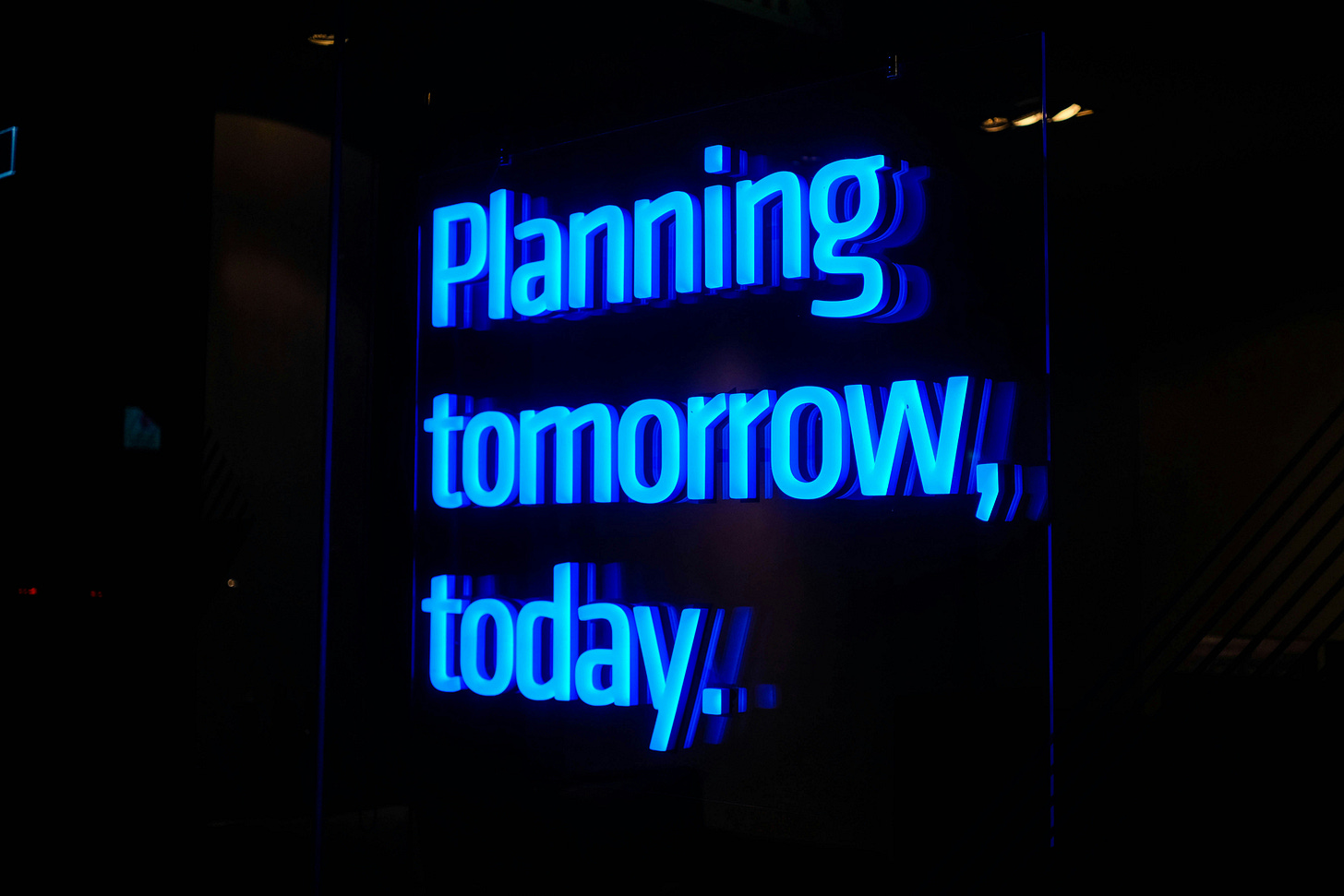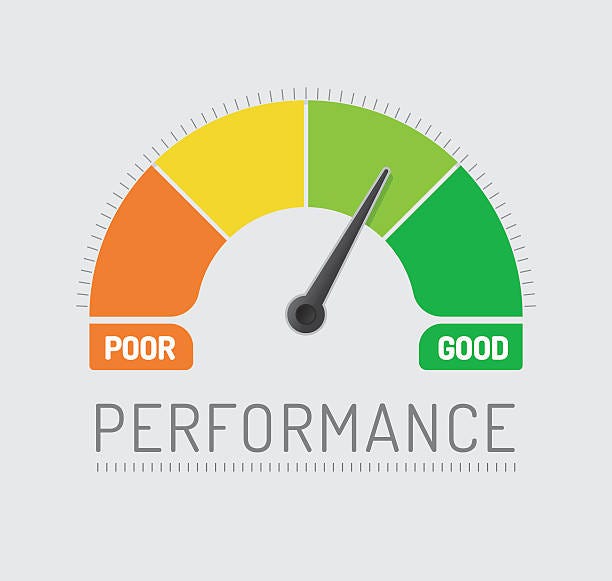A Blueprint For Strategic Company Reorganization
Building a Stronger Future Today in Auto Parts Distribution

So far I’ve walked alongside 4 distribution companies in the auto parts aftermarket that decided to hit pause—not to rest, but to reset. What follows is the blueprint I’ve designed, tested and iterated on over time. I happily share it knowing that this is something that might come in handy now or at the right time in the future.
You see, when a company reaches 100 employees and operates nationwide, “more of the same” simply won’t cut it anymore. The difference between growth and stagnation is structure.
The plan that I’m proposing focuses on five key phases over 5-6 months, with objectives, key activities and expected outputs. This should be useful if you’re managing change in a logistics-heavy and/or sales-centric environment.
So.. let’s get to work!

1. Research and Individual Consultations
Duration: 4-6 weeks
The first thing I always do is not restructure. I listen.
I would run one-on-one interviews with every employee, top to bottom—45 to 60 minutes each—to uncover hidden talents, frustrations, and ideas for fixing broken processes. A future-oriented questionnaire helped spark the conversation.
I would then map:
What motivates people
What skills they want to develop
Where collaboration was thriving (or failing)
Where are the bottlenecks (people, tools, processes)
This would generate almost by itself a complete heatmap of talent and potential, plus dozens of practical process improvement ideas.
Objectives:
Identify employee potential and aspirations
Gather improvement ideas
Evaluate adaptability and competencies
Key Activities:
Weeks 1-2: Prepare future-oriented questionnaires, form management interview teams, transparently communicate reorganization goals.
Weeks 3-5: Conduct individual employee interviews (45-60 min) to explore personal vision, desired competencies, process improvements, and career aspirations.
Week 6: Analyze collected data, identify patterns, and create a comprehensive competency matrix.
Expected Outcomes:
Detailed competency map
Clear improvement suggestions
Preliminary teamwork assessments

2. Personnel Selection and Evaluation
Duration: 2-3 weeks
Once I would understand the people, I would put them in motion. Through collaborative workshops and team simulations, I got to observe how they think, adapt, and contribute under pressure.
I didn’t focus just on technical expertise (although, yes, auto parts logistics and digital fluency were on the scorecard). I focused heavily on attitude, adaptability, and team fit.
This phase helped me and the management team make tough—but respectful—decisions on:
Who leads
Who grows
Who exits (with dignity and a path forward)
Objectives:
Identify collaborative team players
Retain key talent aligned with strategic goals
Prepare organizational restructuring
Evaluation Criteria:
Team Competencies: collaboration, adaptability, results orientation, constructive attitude
Technical Competencies: automotive industry expertise, distribution/logistics experience, digital skills
Selection Process:
Week 1: Conduct collaborative workshops and teamwork simulations.
Week 2: Decision-making and transparent communication, plan transitions for departing staff.
Week 3: Strengthen remaining teams through team-building activities.
Expected Outcomes:
Optimized collaborative teams
Clear understanding of available human resources
High team morale

3. Department Design and Strategies
Duration: 3-4 weeks
In this phase I wouldn’t try to “tweak” the old structure to work with the new data we got—I would totally redesign it. Every single time I would split the structure by a couple verticals, and each vertical would get their own strategy assigned. The goal here is to clarify to everyone what they own, where they fit, and why they matter.
Proposed Organizational Structure:
Commercial Department
B2B and B2C sales
New business and partner development (fleets, rental companies, ride-sharing)
Logistics and Operations
Inventory management
National distribution
Warehouse management
Marketing and Customer Service
Digital marketing
After-sales customer support
Product and brand management
Finance and Administration
Financial control and accounting
Human resources and administration
IT and information systems
General Management
Strategic leadership
Inter-departmental coordination
Innovation
Departmental Strategies:
Commercial: Customer segmentation, integrated CRM, multi-channel growth
Logistics: Route optimization, Warehouse Management System (WMS), faster delivery times
Marketing: Integrated digital strategy, customer loyalty programs, brand building
Financial-Administrative: Process automation, strict cost control, investments in technology and people
Expected Outcomes:
Clear and effective organizational structure
Specific departmental strategies
Defined responsibilities

4. Defining Roles and Procedures
Duration: 4-5 weeks
In this phase, together with the teams we would write clear, detailed job descriptions for 3 layers of roles: management, specialists and operators. We also would write how work happens.
What for? Clarity. Accountability. Replicability.
Position Categories:
Management (5-7 roles): General Director, Department Managers, Team Coordinators
Specialists (40-50 roles): Sales consultants, logistics specialists, marketing/IT experts
Operational Staff (40-50 roles): Warehouse staff, drivers, administrative support
Work Procedures:
Commercial: Sales cycle (lead to invoice), complaints and returns, credit procedures
Logistics: Warehouse operations, order and delivery processes, inventory control
Administrative: Document workflow, hiring and evaluation, budgeting
Expected Outcomes:
Clear job descriptions
Standardized, optimized processes
Defined workflows

5. KPI Implementation and Bonus System
Duration: 2-3 weeks
Having reached this final phase, performance isn’t a mystery anymore. Each department has its own scoreboard now.
At this step I would push to tie bonus payouts to these KPIs, with variable structures by role (Managers, Specialists, Operators). Bonuses are made transparent and performance-driven—so no more guesswork or favoritism.
All of the sudden, motivation becomes measurable:
P&L Budget Development:
Revenue projections by client segments
Growth targets by regions
Product category goals
Cost Management:
Staff-related costs (salaries and bonuses)
Operational expenses
Investments in tech and development
KPIs by Department:
Commercial: Revenue per salesperson, new clients, profit margin, retention rates
Logistics: Order processing times, delivery error rates, unit delivery costs, stock levels
Marketing: Digital leads, marketing conversion rates, customer satisfaction (NPS), brand recognition
Financial-Administrative: Budget adherence, invoice collection speed, process efficiency, administrative costs vs. revenue
Bonus System:
Linked directly to individual and team performance
Transparent and predictable structure
Bonus Structure:
Management: 60% departmental performance, 40% company-wide results
Specialists: 70% individual KPIs, 30% team performance
Operational Staff: 80% individual targets, 20% general results
Monitoring and Evaluation:
Monthly: KPI dashboards, deviation analyses, corrective action plans
Quarterly: Bonus calculations, individual performance reviews, goal adjustments
Expected Outcomes:
Transparent, motivating performance measurement system
Alignment of personal and company objectives
Enhanced performance and employee engagement

Implementation Timeline Overview
Total Duration: 5-6 months

Success Metrics and Monitoring:
Productivity increase (15-25%)
Operational cost reduction (10-15%)
Employee satisfaction growth
Faster client response times
Revenue growth (20-30% year one)
Risks and Mitigation Measures:
Change resistance: continuous communication
Client retention: maintain service standards during transition
Morale issues: transparent support
Cash flow management: rigorous financial monitoring
Final Thoughts
As I said in the beginning, it’s best to stay ahead by preparing today, not reacting tomorrow. There are many ways in which one can implement a restructuring, but this is the one I landed on after trial and error.
Therefore I would love to hear your thoughts—whether you agree, disagree, or have your own lessons to share. We're all figuring it out as we go, and I believe there's value in exchanging what works (and what doesn’t).
The above blueprint isn’t about a corporate makeover. It is a transformation from the inside out. The nature of the auto aftermarket is competitive, margin-pressured, and fast-moving. If you’re going to win, your people, structure, and strategy have to move as one.
So don’t just restructure. Re-energize.





